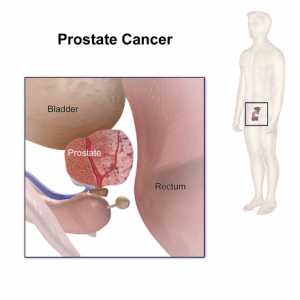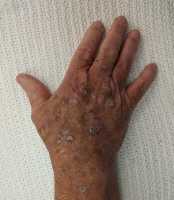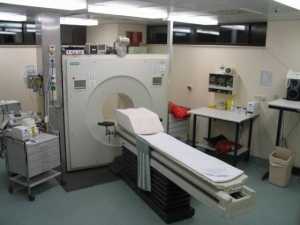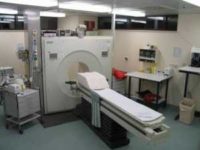Author Interviews, Heart Disease, JAMA, University of Pittsburgh / 27.09.2018
Big Survival Differences in Out-of-Hospital Cardiac Arrest Between EMS Agencies
MedicalResearch.com Interview with:
Masashi Okubo, MD.
Clinical Instructor of Emergency Medicine
Research Fellow
Department of Emergency Medicine
University of Pittsburgh
MedicalResearch.com: What is the background for this study? What are the main findings?
Response: Out-of-hospital cardiac arrest (OHCA) is a major public health problem, annually affecting over 350,000 individuals in the US with low survival rate, 11.4% among those who were treated by emergency medical services (EMS). Prior studies showed a 5-fold difference (3.0% to 16.3%) in survival to hospital discharge between 10 study sites in North America (US and Canada) and 6.5-fold difference (3.4% to 22.0%) between 132 US counties after OHCA.
However, it was unclear how much patient outcome after OHCA differ between EMS agencies which play a critical role in OHCA care. Among 43,656 adults treated for Out-of-hospital cardiac arrest by 112 EMS agencies in North America, we found that survival to hospital discharge differed from 0% to 28.9% between EMS agencies. There was a median difference of 56% in the odds of survival to hospital discharge for patients with similar characteristics between any 2 randomly selected EMS agencies, after adjusting for known measured sources of variability.
(more…)



































